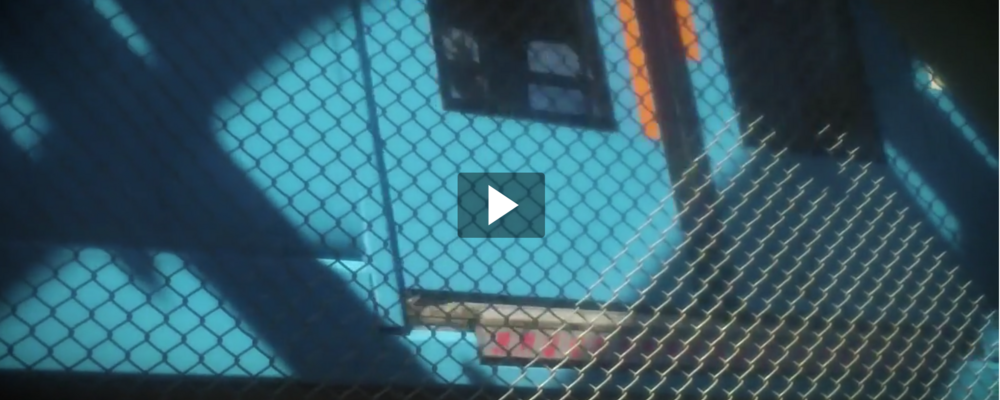
Heritage Academy 2015
During 2015 several events took place.
Layers of living in layers of time - workshop and video
Producer: Anita Synnestvedt, Music/sound: Mikael Bojén, Land art installations: Marie Gayatri,
Poetry Reading: Lena Dahlén, Medieval costume and performance: Eva Andersson,
Photo: Anita Synnestvedt, Royner Norén, Marie Gayatri
In 2013 the largest urban archaeological excavation ever undertaken in West Sweden started in the area of Gamlestaden in Gothenburg. The town of "Nya Lödöse", which lay here between 1473 and 1624, is being excavated. The area is set to undergo major transformations. New construction activities with buildings, a new hub for public transport, walkways and bike lanes will transform the urban landscape.
The archaeological dig is done behind fences. You can have a glimpse of what´s going on, peeking through little openings, but it is hard to understand – what is happening? You can go for a guided tour, but do you see the connection between now and then? Do the archaeologists care about what´s happening outside the fence while they are digging? What is present, what is past? How can we explore the environment when space is money? In a workshop arranged in May 2015 archaeologists, musicians, artists and students investigated the environment in Gamlestaden with the aim discovering stories and contexts in the many layers of time and space. The video Layers of living in layers of time have been using results and material from the workshop with the purpose making a poetic interpretation of the process of archaeology with perspectives of present and past.
A talk with Paardekooper
The winner of the 2015 Museum Horizon Prize. The Archaeologist, Dr. Roeland Paardekooper from the Netherlands has been awarded the Museum horizon international prize for 2015. He has been working in the field of archaeological reconstructions and open‐air museums since 1981. In 1998 he graduated with a thesis on modern ship reconstructions of the medieval Hanse Association. He has worked both with archaeological education and archaeological tourism over the years and he got ever more attracted to solutions across Europe for reaching out to the public. In 2001, this led to his involvement as one of the founders of EXARC of which he has been Director since. From October 2013 he is an InterimDirector / Stellvertretender Museumsleiter of the Archäologisches Freilichtmuseum Oerlinghausen
(Germany).
The awards ceremony took place at the Book and Library Fair in Gothenburg on 27th September 2015. Roeland Paardekooper visited the University of Gothenburg to talk about his work with archaeological open-air museums, the importance of using the help of competent scholars in these projects, and how the Nazis tried to falsify history. We met with him for a chat! Read the talk with Dr Paardekooper in the attached pdf.
Tim Ingold, NEARCH seminar 2015
A seminar about Creativity, Art and Archaeology with professor Tim Ingold.
Tim Ingold is Professor of Social Anthropology at the University of Aberdeen, and a Fellow of both the British Academy and the Royal Society of Edinburgh. Following 25 years at the University of Manchester, where he was appointed Max Gluckman Professor of Social Anthropology in 1995, Ingold moved in 1999 to Aberdeen, where he went on to establish the UK’s newest Department of Anthropology. Ingold has carried out ethnographic fieldwork among Saami and Finnish people in Lapland, and has written on comparative questions of environment, technology and social organisation in the circumpolar North, as well as on the role of animals in human society, on issues in human ecology, and on evolutionary theory in anthropology, biology and history. In his more recent work, he went onto explore the links between environmental perception and skilled practice. Ingold’s latest research pursues three lines of inquiry that emerged from his earlier work, concerning the dynamics of pedestrian movement, the creativity of practice, and the liarity of writing. He is currently writing and teaching on issues on the interface between anthropology, archaeology, art and architecture. Ingold is the author of many books, including The Perception of the Environment (2000), Lines (2007), Being Alive (2011) and Making(2013).
An audio presentation can be found below.